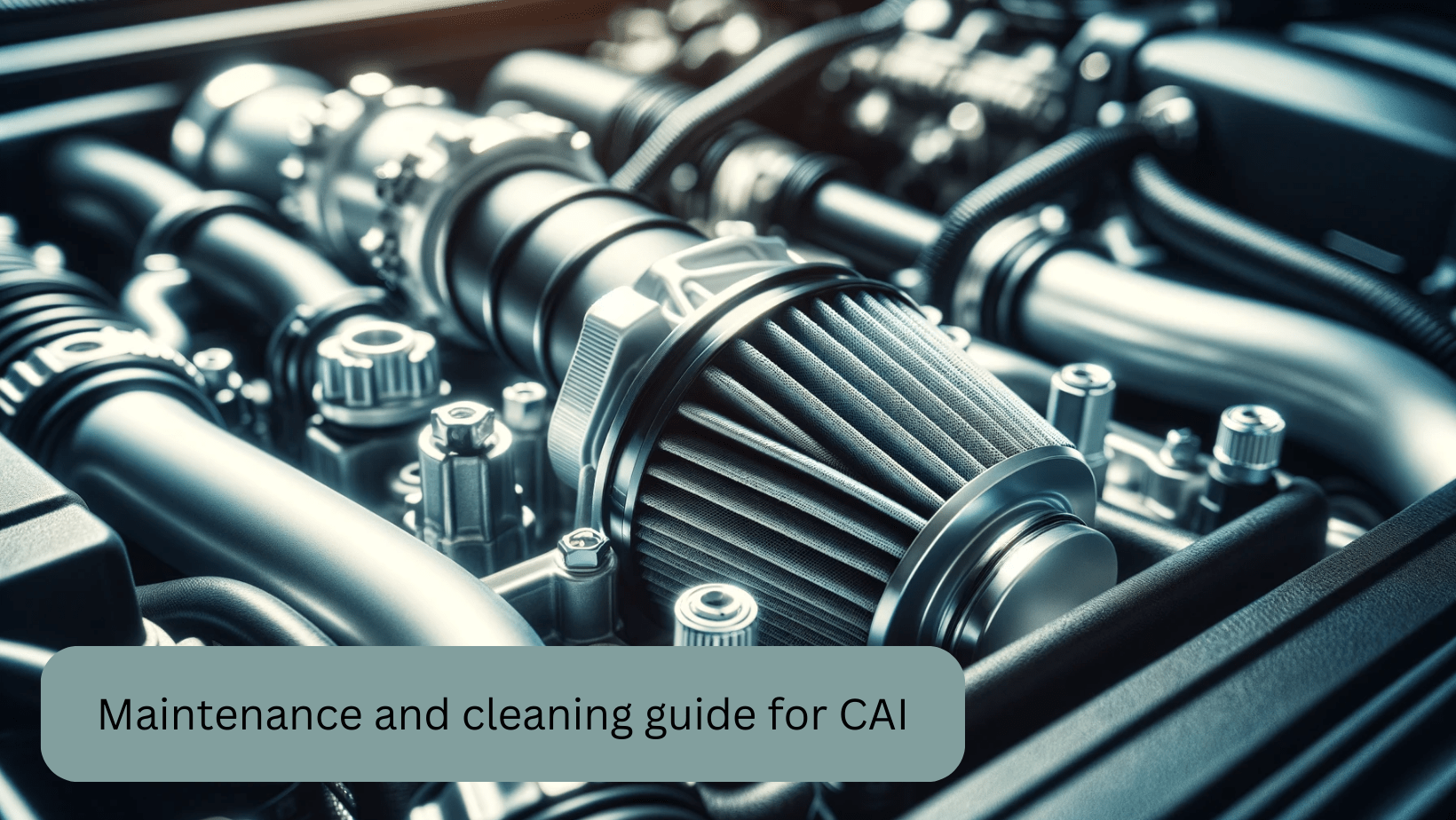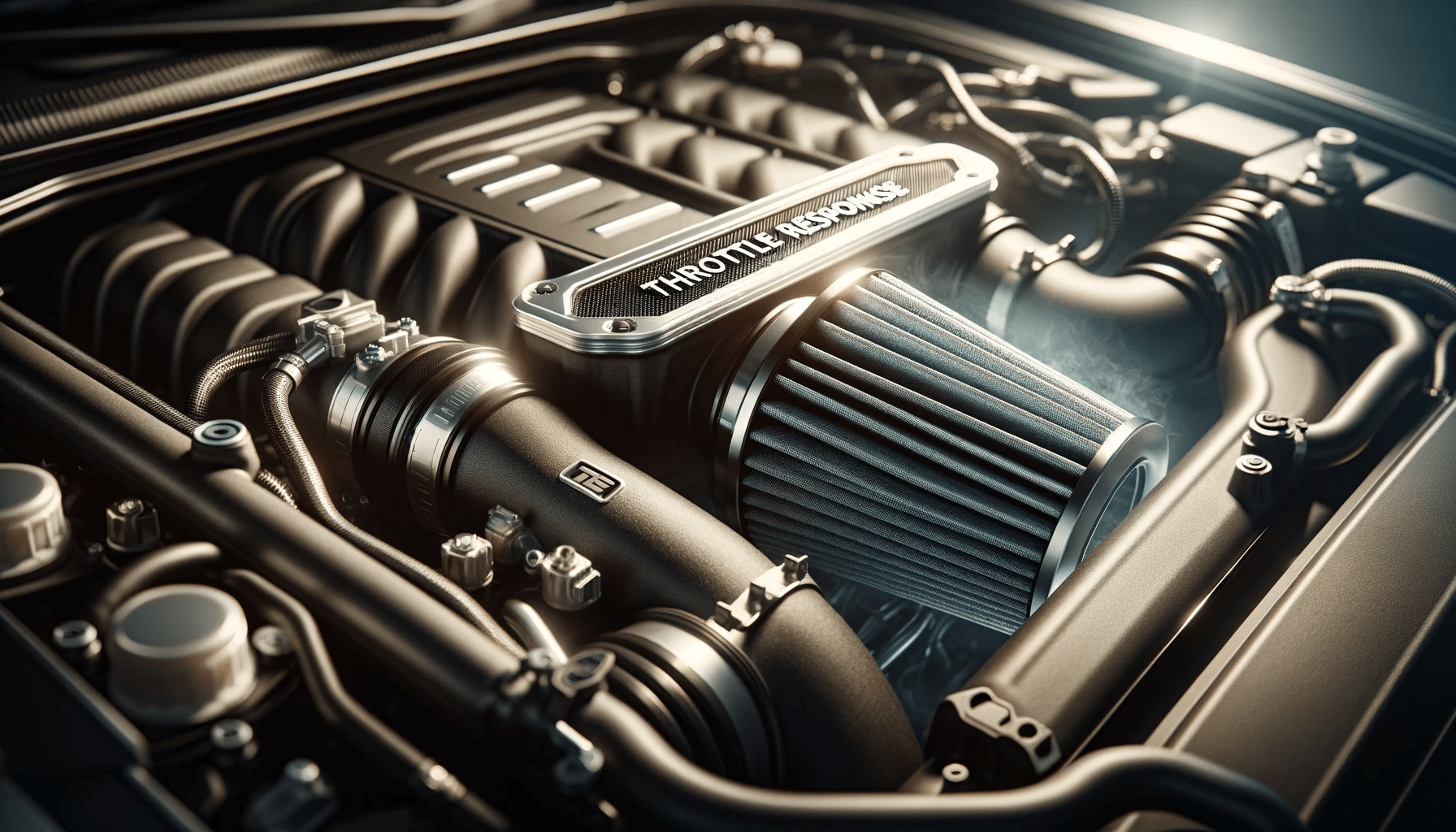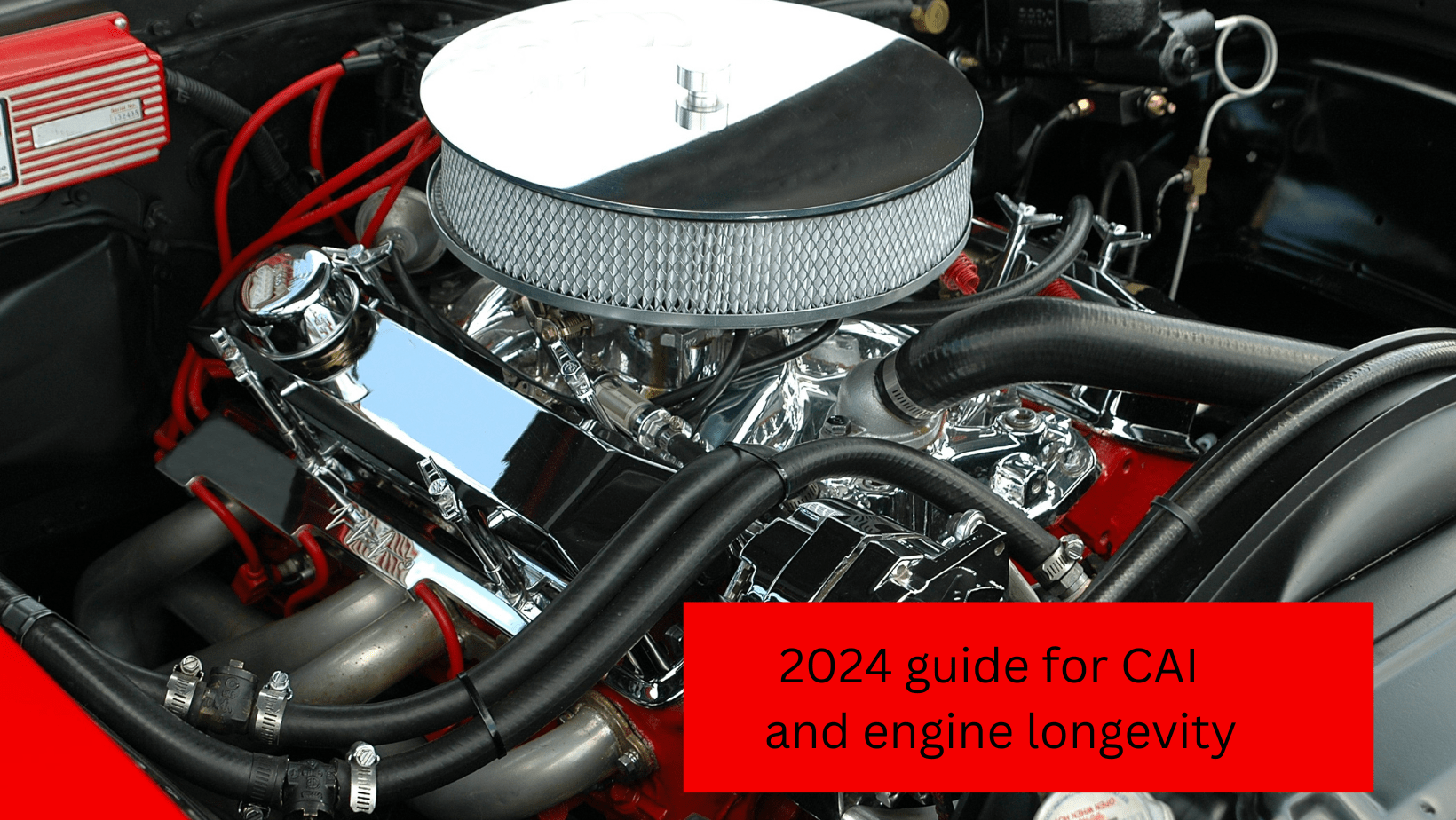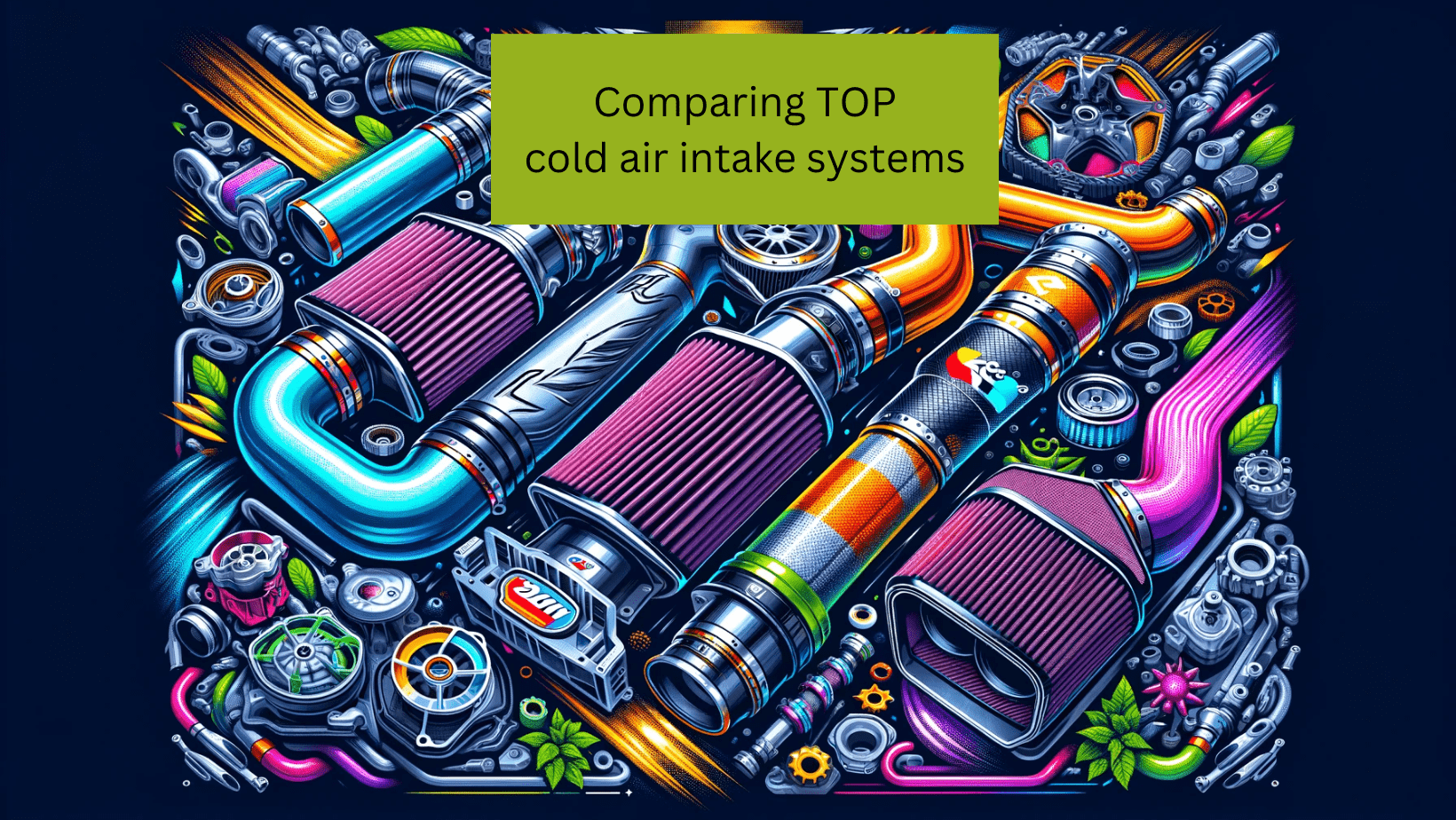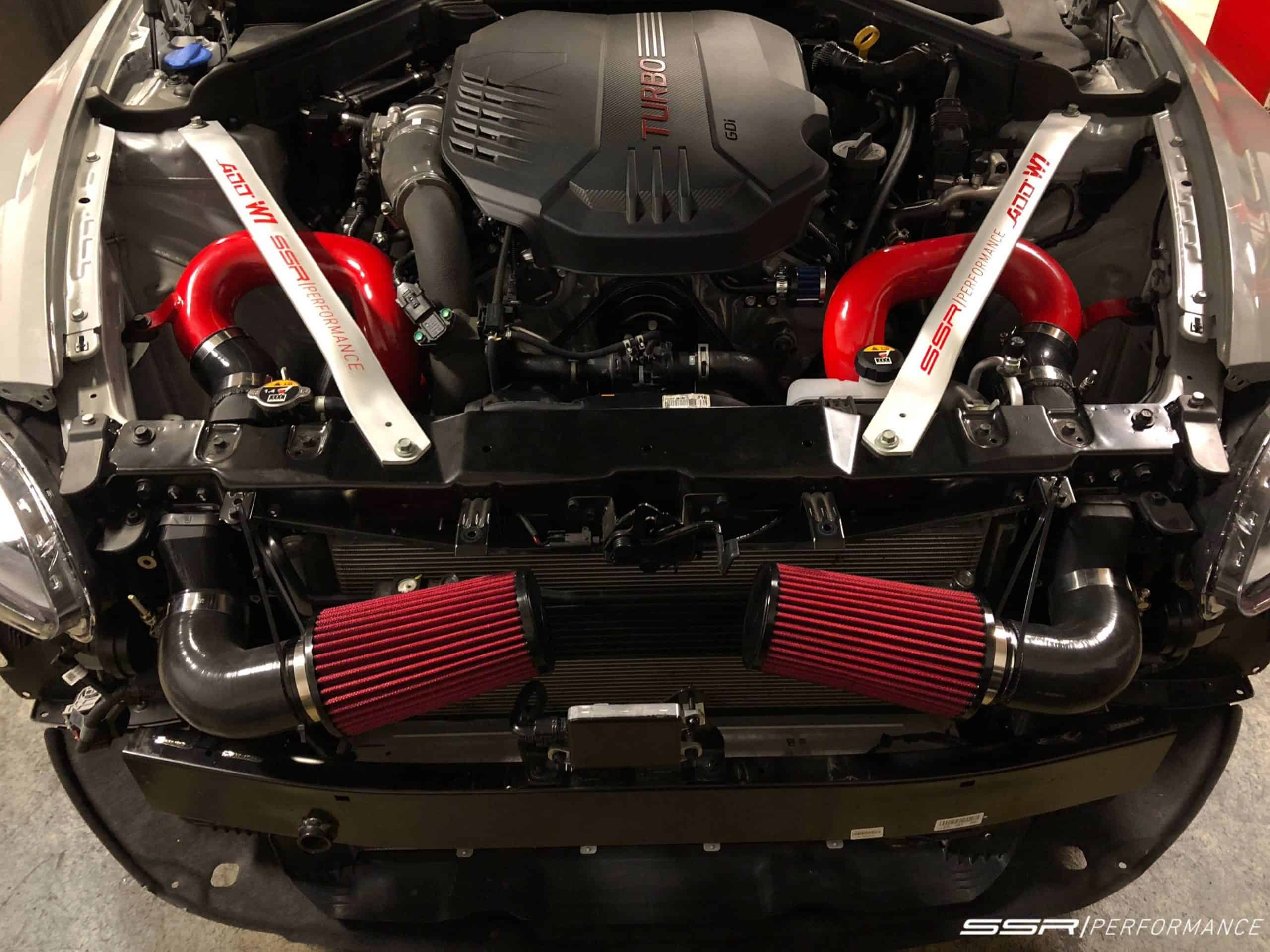Key Takeaways
| Benefit | Description |
|---|---|
| Enhanced Engine Performance | Cold air intakes boost power by allowing cooler, denser air into the engine. |
| Improved Fuel Efficiency | Cooler air can improve combustion efficiency, leading to better mileage. |
| Reduction in Heat Soak | Cold air intakes help in reducing engine bay temperatures, mitigating heat soak. |
| Extended Engine Lifespan | By improving air flow and reducing heat, they contribute to longer engine life. |
| Aesthetic and Auditory Enhancement | Adds a visual appeal and a distinct sound to the vehicle. |
What is a Cold Air Intake?
A cold air intake is a type of engine air intake system designed to draw cooler outside air into the engine for combustion. Unlike standard air intakes, which draw warmer air from the engine bay, cold air intakes are strategically placed to access cooler, denser air. This cooler air contains more oxygen, a key element in the combustion process, which can significantly improve engine performance and efficiency.
Benefits of Cold Air Intakes
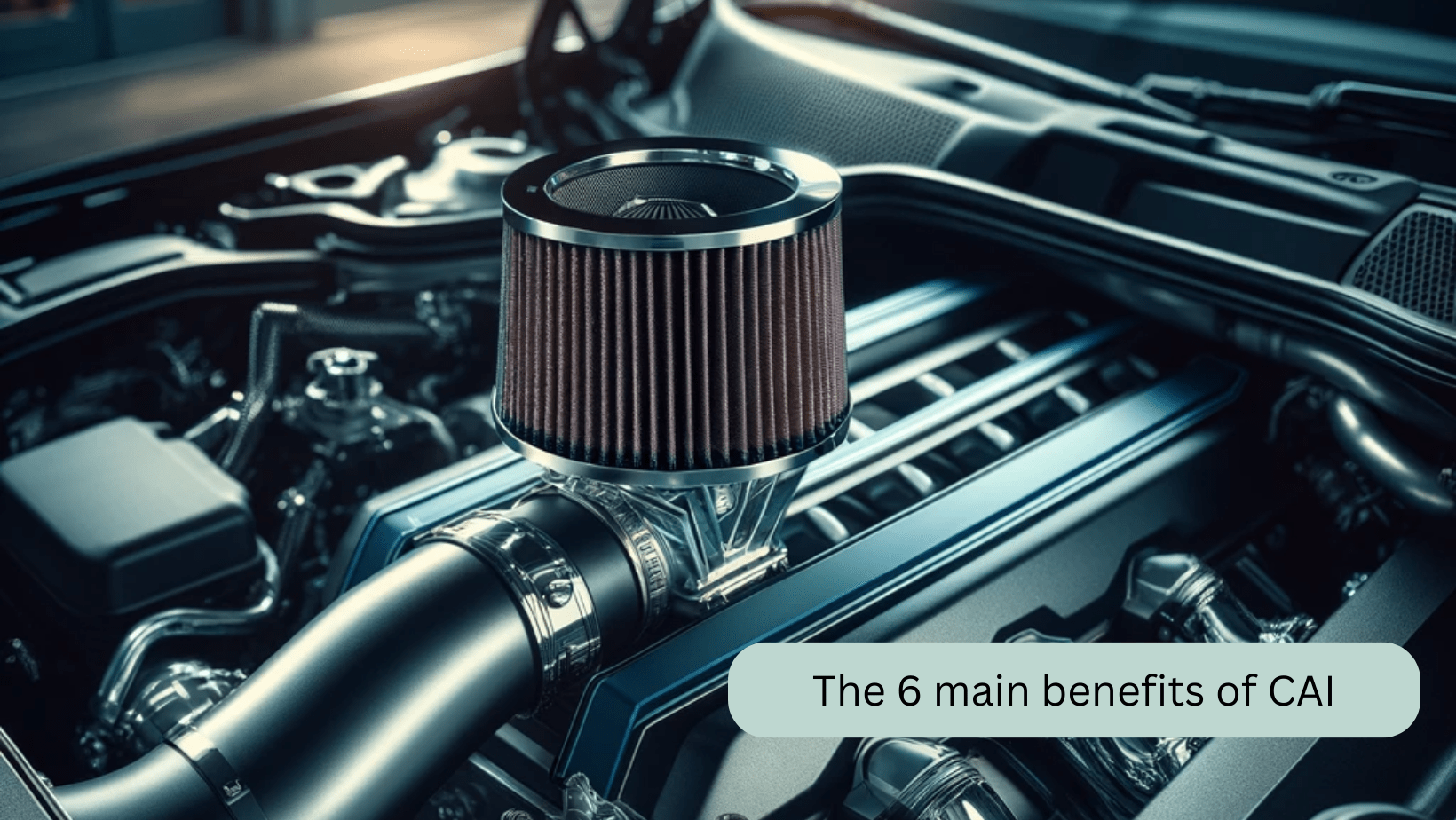
- Enhanced Performance: Cold air intakes are known for boosting engine power. The cooler, denser air allows for more efficient combustion, resulting in increased horsepower and torque. This is especially beneficial for performance-oriented vehicles or those looking for an extra edge in power and acceleration. Learn more about the performance gains from cold air intakes.
- Improved Fuel Efficiency: Cooler air can also lead to more complete fuel combustion, which means you get more power from the same amount of fuel. This efficiency can translate into improved fuel economy, making cold air intakes a smart choice for those looking to save at the pump. Discover how cold air intakes can contribute to fuel efficiency improvements.
- Reduction in Heat Soak: Heat soak occurs when the engine and surrounding components become excessively hot, reducing the efficiency of the engine. Cold air intakes help mitigate this by lowering the temperature of the air entering the engine. This reduction in heat soak is crucial for maintaining optimal engine performance, especially in demanding driving conditions. For more details, explore the basics of cold air intakes.
- Aesthetic and Sound Enhancement: Apart from the performance benefits, cold air intakes can also enhance the visual appeal and sound of your vehicle. They often come in various designs that add an aggressive, sporty look to the engine bay. Additionally, they can change the sound of the engine, giving it a more pronounced, satisfying growl during acceleration. Understand how cold air intakes increase your car’s sound.
- Extended Engine Lifespan: By improving airflow and reducing engine bay temperatures, cold air intakes can contribute to a longer engine lifespan. Cooler operating temperatures and more efficient combustion mean less stress on the engine over time. This is a key factor in prolonging the life of your vehicle’s engine. Explore the impact of cold air intakes on engine longevity.
Cold Air Intake vs. Stock Intake
When comparing cold air intakes to stock intakes, it’s important to understand the differences in their design and functionality. Stock intakes are typically designed for cost-effectiveness and to minimize engine noise, while cold air intakes are engineered for performance. They are designed to minimize air flow restriction and reduce heat soak, which stock intakes may not effectively address. For an in-depth comparison, check out the differences between cold air intakes and stock intakes.
Tackling Heat Soak: Cold Air Intakes at Work
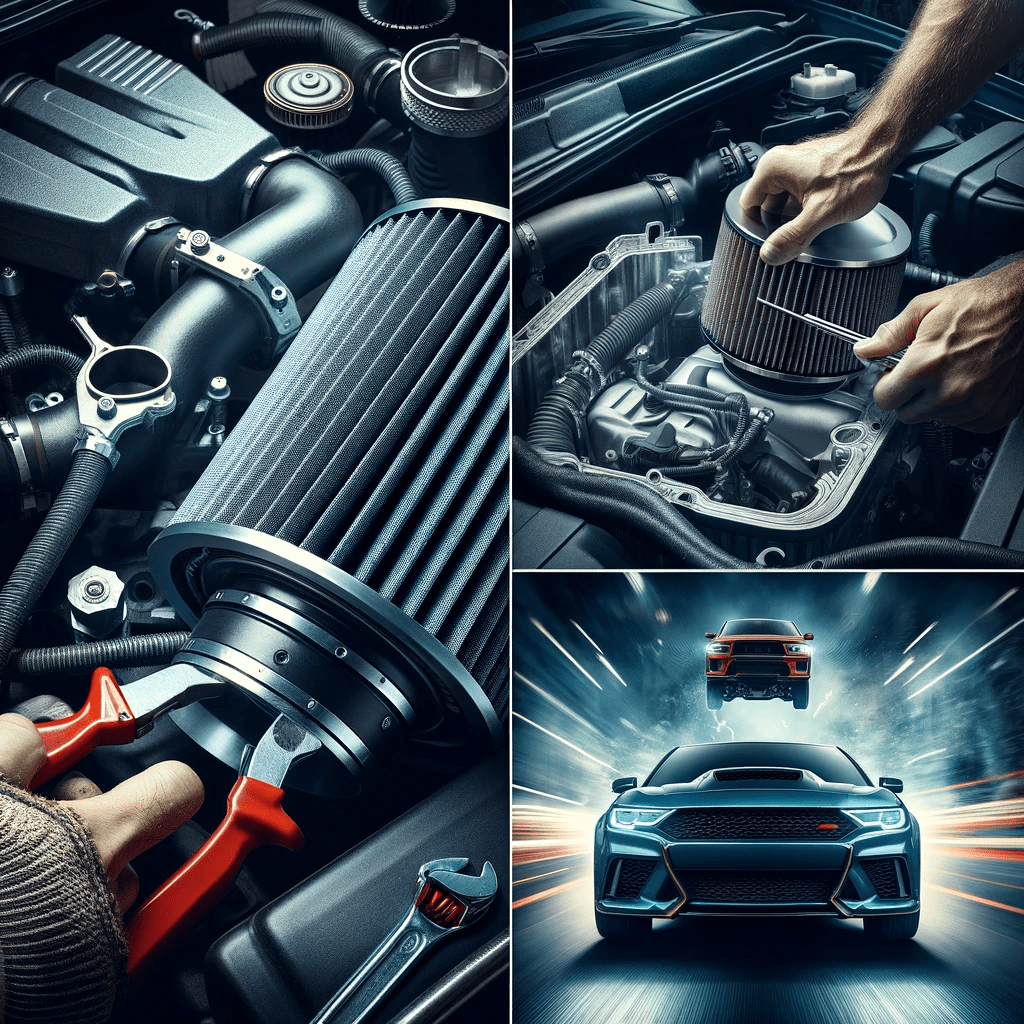
The Science Behind Heat Soak Reduction
Heat soak is a phenomenon where the engine and its components absorb and retain heat, especially after the vehicle has been driven and is then parked. This retained heat can adversely affect the engine’s performance until it cools down again. Cold air intakes combat this by continually supplying cooler air, which helps in dissipating heat more efficiently. This constant flow of cool air is vital in maintaining consistent engine temperature and performance.
Real-World Applications: Different Vehicle Models
- Performance Vehicles: In high-performance vehicles, like those often featured in Nashville’s automotive scene, cold air intakes are essential for maintaining peak performance. For example, installing a cold air intake in a 6.0 Vortec engine can significantly reduce heat soak, thereby enhancing its high-performance capabilities.
- Off-Road and Adventure Vehicles: Vehicles like the Jeep Wrangler benefit greatly from cold air intakes, especially when tackling tough terrains. The reduced heat soak means the engine performs efficiently, even under strenuous conditions. See how this applies to the Jeep Wrangler.
- Everyday Cars and Trucks: Even everyday vehicles like the Honda Civic or the Ram 1500 5.7 Hemi can experience performance improvements with a cold air intake. It’s not just about power; it’s also about maintaining engine health. Learn more about the benefits for Honda Civic and Ram 1500.
Customer Experiences and Expert Insights
Testimonials from customers who have installed cold air intakes often highlight noticeable improvements in throttle response and overall engine performance. Many report a reduction in the frequency and severity of heat soak symptoms, particularly in hot climates or during extended use. For an exploration of throttle response improvement, visit Exploring Throttle Response Improvement.
Experts in the field of automotive performance echo these sentiments, noting that while cold air intakes are not a cure-all, they are a significant step towards better engine management and longevity. The consensus is clear: for those looking to enhance their vehicle’s performance and reduce heat soak, a cold air intake is a wise investment.
Installation and Maintenance
Installing a cold air intake can vary in complexity depending on the vehicle model. However, it’s generally a straightforward process that can be done with basic tools. Once installed, maintenance mainly involves regular cleaning or replacing the air filter to ensure optimal performance. Understand more about the lifespan of air filters and how they affect cold air intakes.
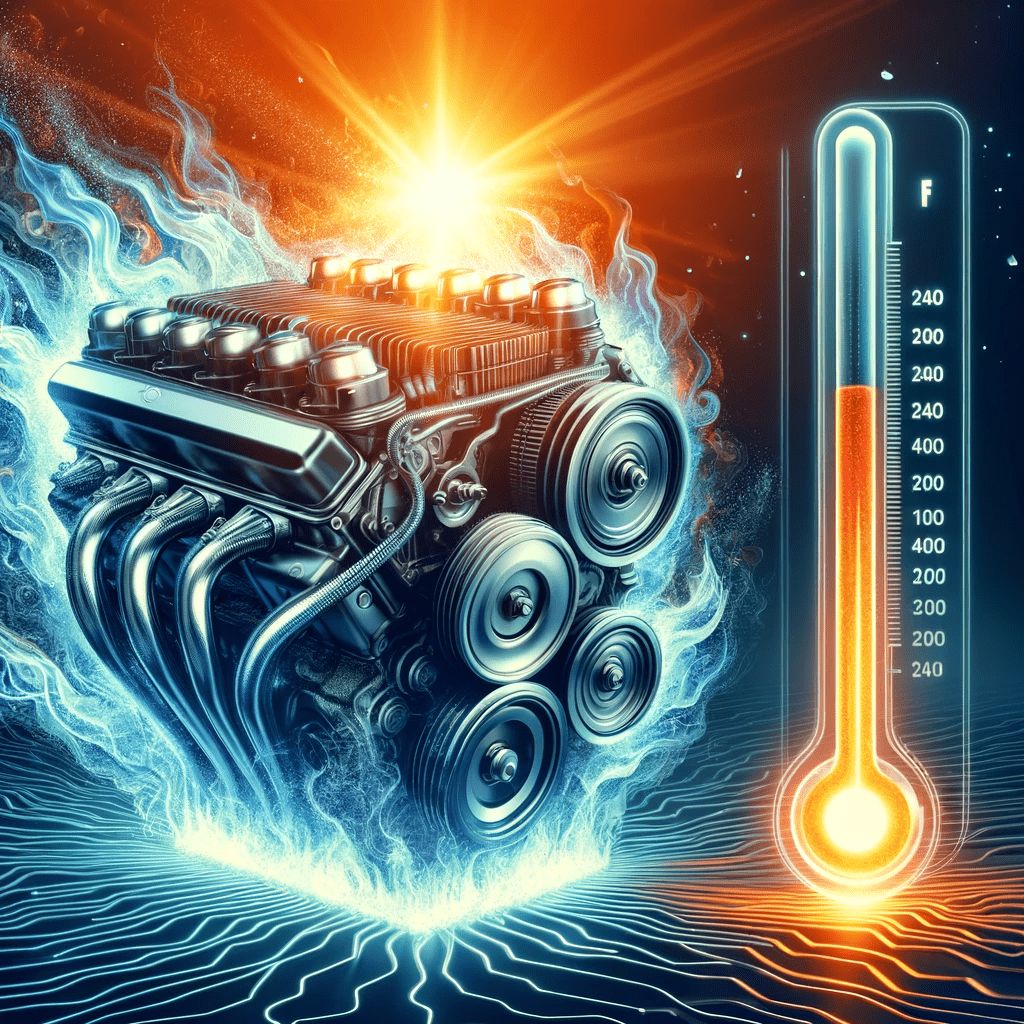
Choosing and Maximizing Cold Air Intakes
Popular Models and Brands
The market offers a variety of cold air intake models, each designed to suit different vehicle types and performance goals. Brands like K&N and S&B are renowned for their quality and effectiveness. It’s crucial to choose a model that aligns with your vehicle’s specifications and your performance objectives. For a comparison between two leading brands, refer to S&B vs. K&N.
Practical Tips for Selection and Maintenance
- Compatibility: Ensure the cold air intake is compatible with your vehicle model. Incorrectly sized intakes can lead to suboptimal performance or even damage.
- Quality: Opt for intakes from reputable manufacturers to ensure quality and durability. High-quality materials can better withstand the rigors of engine heat and environmental exposure.
- Installation: While many cold air intakes can be installed at home, professional installation is recommended for the best fit and performance. This is particularly true for complex engine setups or custom modifications.
- Maintenance: Regularly check and clean the air filter. A clogged filter can negate the benefits of a cold air intake. For maintenance tips, explore the turbocharger performance boost article, which also touches on the importance of clean air in performance enhancements.
Implications on Fuel Efficiency and Engine Sound
Cold air intakes not only improve engine performance but can also have a positive effect on fuel efficiency. By facilitating more efficient combustion, they can help in achieving better mileage, especially in combination with other tuning modifications. Furthermore, many enthusiasts appreciate the distinctive sound a cold air intake adds to their vehicle, enhancing the driving experience. Learn more about the impact on sound in Cold Air Intake Sound.
Conclusion
Cold air intakes are a valuable addition for anyone looking to reduce heat soak and enhance their vehicle’s performance. By selecting the right model, ensuring proper installation, and maintaining it well, you can enjoy the full range of benefits these systems offer. From improved power and efficiency to a more enjoyable driving experience, the advantages of cold air intakes are clear and well-documented.
